Hue Ancient Capital complex was recognized as a world cultural heritage in December 1993 with typical values of cultural architecture, associated with historical progress.
The Hue ancient capital relic complex is located along both banks of the Perfume River in Hue city and some surrounding areas in Thua Thien Hue province.
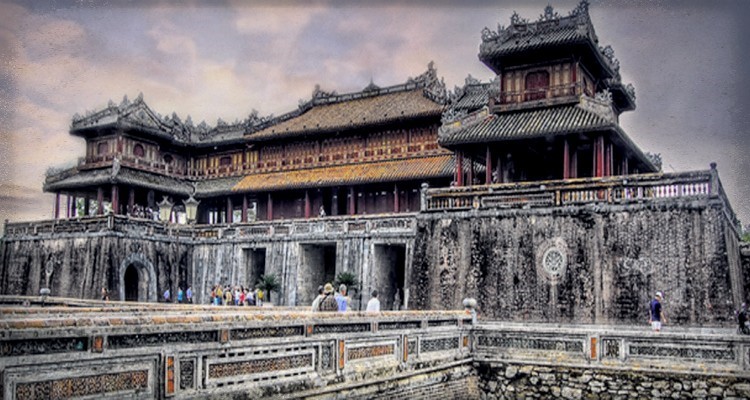
Since 1306, after the marriage between Princess Huyen Tran (King Tran Nhan Tong’s daughter) and Che Man (King of Champa), the land of Chau O and Chau Ly has belonged to Dai Viet. (Including today’s Quang Tri and Thua Thien Hue provinces) and was renamed Thuan Hoa.
In 1636, Lord Nguyen’s palace was located in Kim Long (Hue), and in 1687 it was moved to Phu Xuan (Hue Citadel today). Phu Xuan has become the political, economic and cultural center of Dang Trong for more than 100 years
From 1788 – 1801, Phu Xuan became the capital of the Tay Son dynasty.
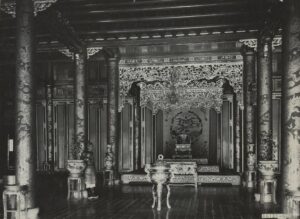
During the Nguyen Dynasty, valuable historical and cultural architectural works were formed, typically the Hue citadel, especially the inner area: There are 253 works, 7 clusters of mausoleums of 9 Nguyen Kings, and the Imperial Palace. Nam Giao, Ho Quyen, facing Hon Chen.
From 1802 – 1945 Hue was the capital of a unified Vietnam under the reign of 13 Nguyen Dynasty Kings.
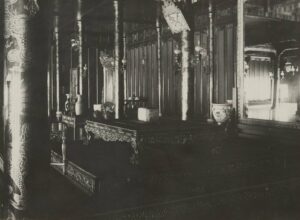
On the north bank of the Perfume River, the architectural system representing the authority of the Nguyen Dynasty is three citadels: the Capital City, the Imperial City and the Forbidden City, intertwined and arranged symmetrically on a vertical axis running from the south side. out to the North.
The citadel system here is a harmonious combination of Eastern and Western architecture, placed in such an amazing natural setting that people automatically see Ngu Binh Mountain, Perfume River, Gia Vien Islet, and Boc Thanh is a part of Hue citadel.
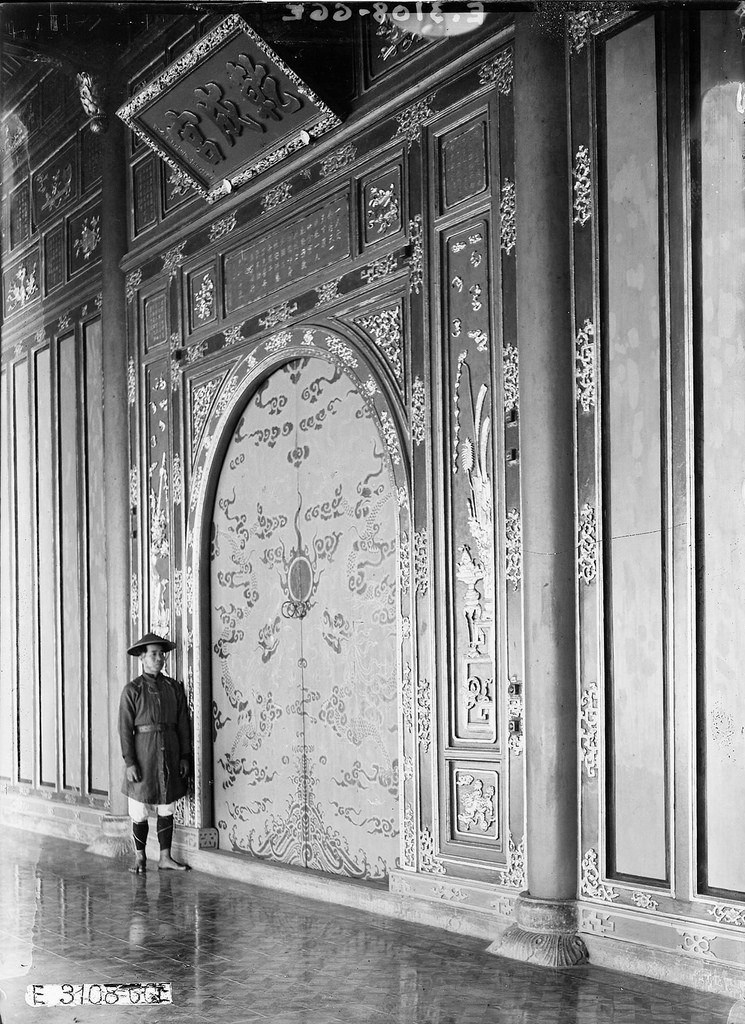
The Imperial Citadel is almost square with each side about 600 meters long with 4 entrance gates, the most unique of which is Ngo Mon, often taken as the symbol of the ancient capital. The Imperial Citadel is the supreme administrative area of the Hue royal court.
Inside the imperial citadel is the Forbidden City, where the royal family lives.
The most important architectural works of Hue citadel are: Nghinh Luong Dinh, Phu Van Lau, Ky Tai, Ngo Mon, Thai Hoa Palace, Can Chanh Palace, Can Thanh Palace, Khon Thai Palace, Kien Trung Palace. …
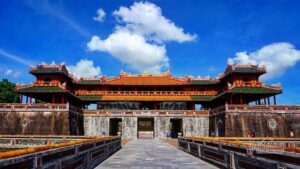
Far to the west of the capital, located on both banks of the Perfume River, are the tombs of the Nguyen kings with a completely unique style of Vietnam. Besides the complex of Hue ancient capital relics, Hue also has many scenic spots such as: Perfume River, Ngu Mountain, Thien Mu Pagoda, Bach Ma Forest, Lang Co beach, Thuan An beach…
By Golden Life Marketing Team
